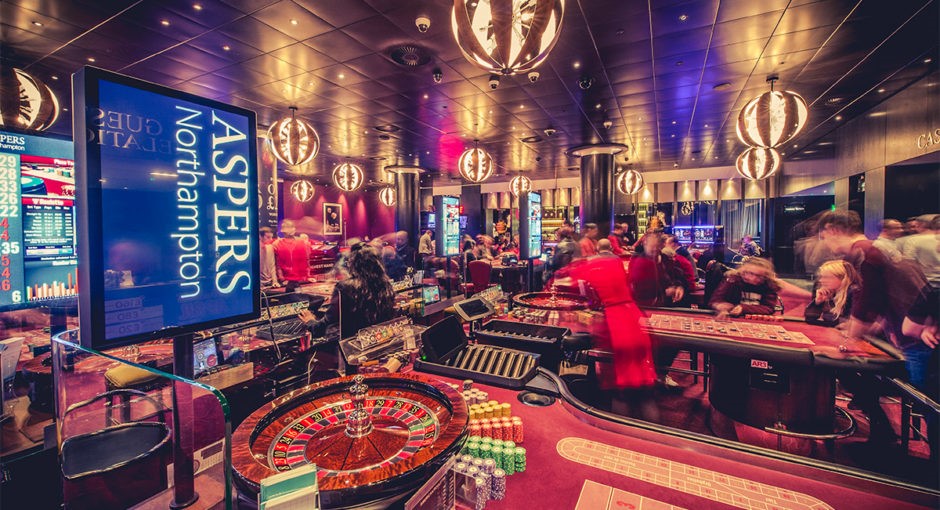
Within a dynamic and exciting world of gaming establishments, where luck and tactics intertwine, hues and aesthetic play a key role in attracting players. As soon as players step inside a casino or log into a gaming website, they are enveloped in a visual feast that captures their attention and lures them to discover more. Bright colors, engaging graphics, and creative layouts are meticulously crafted to create an environment of thrill and expectation, ultimately enhancing the gaming experience.
While gamblers move through the ever-changing landscape of casino games, they come across a variety of designs that not only serve visual purposes but also affect feelings and choices. Colors like red and gold symbolize riches and fortune, while calm navy and greens can create a more tranquil environment. Understanding how these elements function together enables casinos to create an welcoming and energizing atmosphere that encourages players to engage with the games, spend additional time at the tables, and boost their overall enjoyment.
The Study of Tint in Casino Games
Tint plays a key role in the creation of casino games, influencing players’ feelings and responses. Bright and vibrant hues, such as crimson and gold, are often used to ignite thrill and draw attention. These shades create a feeling urgency and energy, encouraging players to involve themselves more eagerly with the game. By thoughtfully selecting colors, creators aim to elicit feelings of satisfaction and excitement, which can enhance the complete game experience.
Distinct colors also have psychological connotations that can affect how participants perceive their odds of victory. For instance, lime is often associated with good fortune and abundance, making it a well-liked choice in games like roulette and poker games. This link can cause participants to feel more hopeful and assured in their gaming, ultimately encouraging them to wager more. yg168 Grasping these associations allows game designers to craft environments that enhance player happiness and retention.
Furthermore, the interface of gambling game interfaces often employs color gradients and opposing shades to guide players’ responses. For instance, winning combinations may be accentuated with bright, contrasting colors, creating a visual incentive. This method supports successful results and encourages repeated engagement. By exploiting the psychology of color, casinos can design activities that not only draw players but also maintain them interested and invested in their gaming experience.
Design Elements that Attract Gamers
The aesthetic appeal of casino games is largely influenced by the use of bold colors. Bright and contrasting colors are strategically chosen to create an appealing atmosphere that captures interest. For example, crimson and golds often signify good fortune and prosperity, which is why they are prevalent in the palettes of slot machines and table surfaces. These colors not only draw players in, but they also stir emotions associated with thrill and expectation, enhancing the total gaming experience.
In addition to color, the design and organization of casino games play a significant role in captivating players. Games are designed to be user-friendly, ensuring that players can easily understand the rules and mechanics. User-friendly interfaces, along with engaging graphics and motion, help maintain gamer interest and promote extended play sessions. The physical elements, such as the feel of the buttons and the audio of the games, also add to a comprehensive sensory experience that keeps players immersed.
Finally, conceptual elements in gaming design can greatly influence player choice. Many gambling games are inspired by media, myths, or adventure themes, incorporating symbols and characters that resonate with players. These themes create a sense of immersion and relatability, making each game feel distinct. When players feel a connection to the theme, they are more likely to opt for that game over others, leading to increased participation and enthusiasm within the gambling environment.
Case Studies: Effective Gambling Table Game Designs
One noteworthy example of impressive casino game design is the acclaimed slot machine series themed around hit movies. Games such as those based on the The Wizard of Oz and Game of thrones utilize vibrant colors and top-notch graphics to engage players in recognizable narratives. The employment of lively visuals and entertaining sound effects grabs the interest of players, building an affective connection to the theme. This approach not only fosters longer play but also improves the overall gaming experience, resulting in increased player retention.
Another successful case is the use of the psychology of color in table games like blackjack and the wheel. Casinos often create these games with dark reds and greens, colors traditionally connected with luck and wealth. For instance, the emerald felt on a 21 table provides a calming effect, while the red accents in the wheel invite thrill. This thoughtful use of color helps to foster an inviting atmosphere that encourages players to participate, satisfying their psychological impulses and enhancing their enjoyment.
Finally, social casino games that incorporate community features and bright, dynamic designs have experienced remarkable success in engaging players. Games like Zynga’s Poker and Slot-O-Mania leverage striking colors and playful animations to establish an inviting online environment. The addition of leaderboards, social sharing options, and in-game rewards promotes competition and community, attracting players in for longer sessions. Such designs merely make the games visually appealing but also highlight social connectivity, a crucial factor in player retention and engagement within online casino environments.
